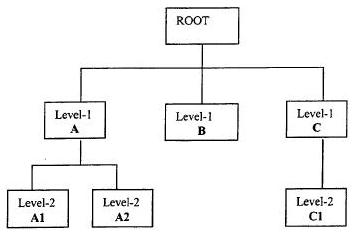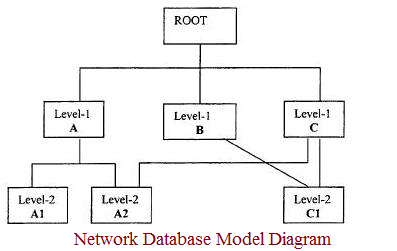In the data base management systems to control and to continue the data generally we are using two types of data models. They are
- Hierarchical Database Model (HDM)
- Network Database Model (NDM)
Hierarchical Database Model
The data is hierarchically prepared in the hierarchical database model. Without any difficulties we can imagine an inverted tree in this hierarchical database model. In this model the relationships are signified by a parent and child. In this HDM model as a root only one table is acting and the remaining other tables are acting as branches which are extending from this root. Means the parent is a root and the child are branches. Means that the child table will have only one parent table and the parent table will have many child tables. These tables are connected clearly. In this model if we want to contact any documentation then the user first want to start from the root table from there onwards move through the tree to reach the object.
For this type of database there is one of the benefits that is referential integrity which is built in and it is imposed repeatedly. For the record which is presented in the parent table the record of a child table is related. Suppose, in the parent table the records are deleted then the records which are connected in the child tables are also deleted.
When we want to accumulate a record in a child table but it has the no relationship with the parent table then the problem occurs in the Hierarchical database model. In a parent table when the fake record is included that rules could be bend lacking of break.
There is unnecessary data in HDM; this is one of the problems. In HDM we see many-to-many interactions but it is not sufficiently elastic that is the reason unnecessary data occurs in HDM. Mutually the data is repeating. In the year 1970’s by itself the hierarchical systems provide tape storage method which are using in main frames. And the companies used this systems turn into very popular.
In many conditions the HDM was very helpful model because it is quick and we can access directly. Along with the data we are having unnecessary data and the complex relationships to address this we require a new database model.
A Hierarchical Database Model Diagram
Network Database Model
In the hierarchical model we are having some of the problems to avoid these problems Network Database Model were extended. In the network database model the branches can be shared in many imagine trees. By sharing these branches the many-to-many connection problem is solved which is not executed in a HDM. The model of data definition and the data definition language are established in NDM.


